Aircraft Fans
Aircraft fans, a crucial component of jet engines, are critical to the operation of an aircraft. Several steps are involved in repairing or overhauling an aviation fan, including:
1. Examination:
The aircraft fan must be properly evaluated before the repair process can begin. Visual inspection may be used, while more advanced techniques such as ultrasonic or eddy current inspection may be used. The goal is to identify any flaws or problems that may exist, such as cracks, corrosion, or wear.
2. Disassembly:
If the inspection finds that the aircraft fan requires repair, it is disassembled to allow for extensive analysis and repair of individual components.
3. Washing:
Each component is cleaned after it has been disassembled. Several procedures, including ultrasonic cleaning, may be used to ensure that all components are free of dirt, grime, or other pollutants.
4. Repair or replacement of components:
Repairs may involve repairing existing parts, such as welding or metal stitching cracks, or replacing damaged sections entirely, depending on the level and type of damage discovered. The fan blades, for example, might be fixed by blending out tiny nicks or dents, or they could be replaced if badly damaged.
5. Balancing:
After the repairs or replacements are completed, the fan must be balanced. The fan’s rotational components are modified to ensure that the weight is spread properly throughout the fan. If this is not done, the fan may vibrate excessively while the engine is operating, causing additional damage or perhaps catastrophic failure.
6. Assembly:
The fan is reassembled once all components have been repaired or replaced and balanced.
7. Examination:
After reassembling the fan, it is checked to confirm that it performs as planned. This includes operating the fan at various speeds and under varied load circumstances. If any problems are discovered during these tests, the fan may need to be repaired again.




